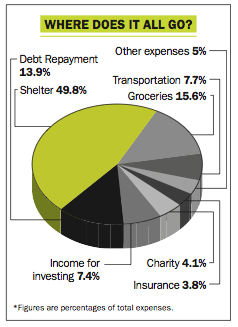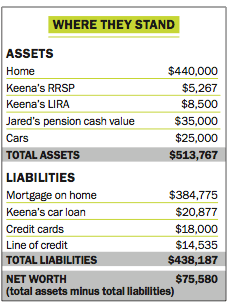Frugal living not required
The Fraser family can still save enough for retirement even with setbacks and debt.
Advertisement
The Fraser family can still save enough for retirement even with setbacks and debt.




Share this article Share on Facebook Share on Twitter Share on Linkedin Share on Reddit Share on Email